You'd be surprised how often we are asked, “How do I find where my septic tank is?” We get it, septic tanks are out of sight and out of mind—until there’s a problem or you need a septic inspection (as regulations require inspections of properties with existing septic tanks). Knowing where your septic tank is can help make scheduling routine maintenance or emergency repair appointments. Here are five ways you can find your septic tank:
- Look for risers. If there are risers visible on your property, congratulations—you’ve likely found your septic tank. Risers are large round pipes, made of plastic or concrete, fitted over the septic tank opening; they are typically long enough to extend the cleanout opening to ground level. Septic tank risers are beneficial because they allow our experts to have quick, easy access to the tank for maintenance. If your tank only has a single riser, one or more can easily be added so that you have easier access to each chamber of your tank. Access to each chamber allows us to perform the optimal amount of maintenance in removing solids accumulation and inspecting the tank for degradation and potential upcoming repairs.
- Research septic tank permits. There may be an old map with the permits; however, permits can be hit or miss as most systems are more than a decade old and the maps only have crude representations. To find the permit records, you can either ask the previous owners or review county records. As a shameless plug, our experts at Mountain Septic can help as we develop maps using aerial photographs and accurate measurements to help you locate your system and its components.
- Use clean-outs and soil treatment areas (STAs). Clean-outs are generally 4” PVC pipes with caps near your house or tank that are used to “snake” or “jet” the line leading from the house to the septic tank. If you pop the cap and look down the pipe with a flashlight you can generally determine the depth and direction of your tank. Soil treatment areas are typically drain fields, mounds, and drip fields. If you don't have any risers, your system works using gravity to deliver waste to your STA, so if there's a slope, look uphill! Use this method in conjunction with tip #4.
- Identify areas that look weird. This list assumes that you can't smell your tank, which is likely the easiest way to locate your tank. But it's better to use your sense of sight. Patches of lush green grass, as well as dead or low growth, can be indicators of tank location, what we want to see is a difference in vegetation and ground contour, generally in the shape of a rectangle. If any of these abnormalities are present, you're in luck, your tank is likely not too far underground.
- Contact the experts at Mountain Septic today. Call in the big guns here at Mountain Septic; we carry specialized tools and equipment to locate your tank in minutes. Older systems may lack all the above indicators and could have complicating factors like unpermitted repairs and replacements, unusual tank depth, or outdated and novel systems.
Whatever your system, we have the experience, knowledge, and tools to identify, locate, inspect, repair, and/or replace your system. For help with your septic tank, give us a call at (970) 238-7884 or reach out online.


